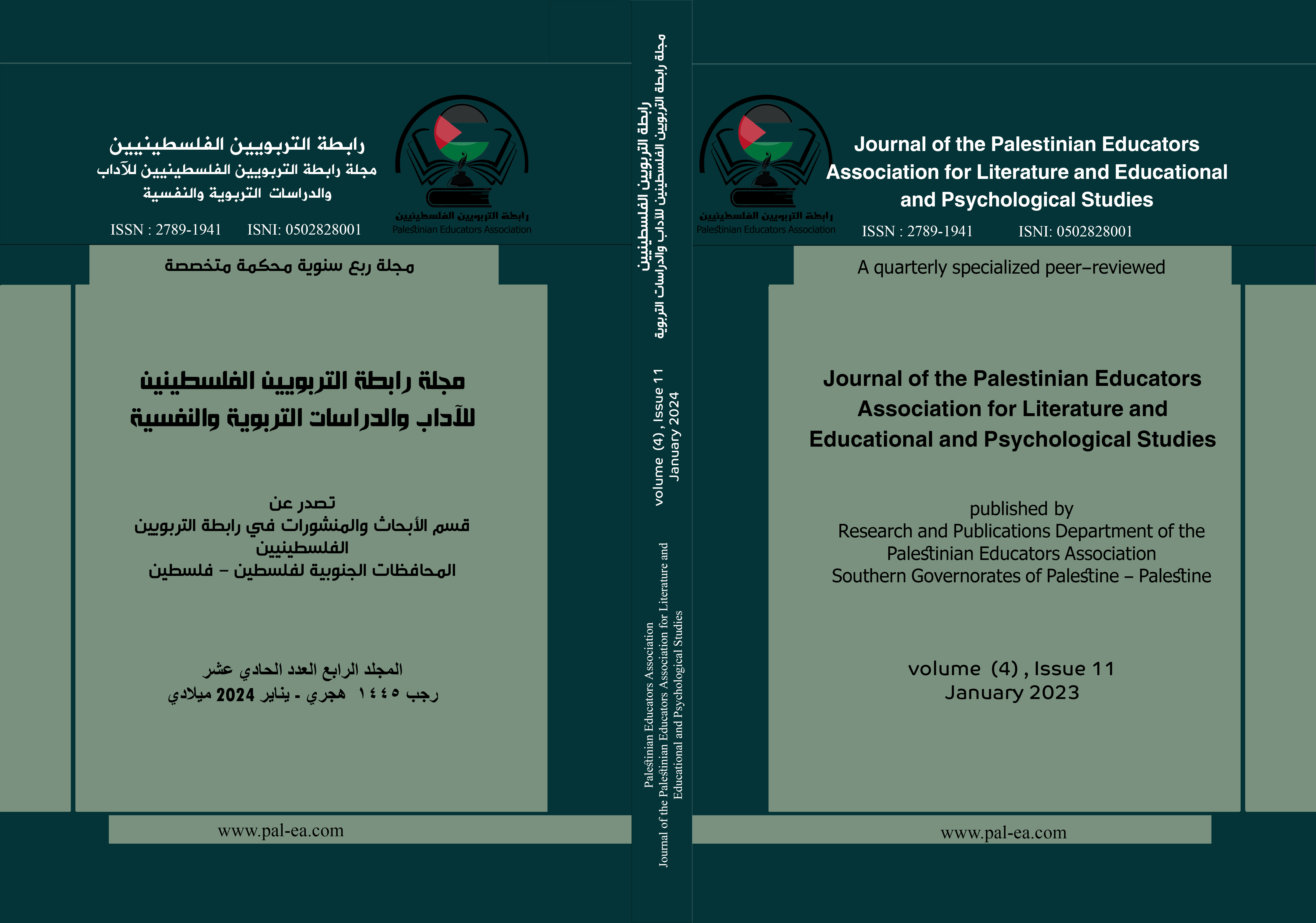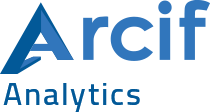(The role of the electronic application “Mawaheb” in enhancing students’ skills and developing aspects of creativity and excellence among gifted school students in the city of Jericho and the Jordan Valley.
Keywords:
Electronic application, talents, creativity, excellence, talented peopleAbstract
“The role of the electronic application “Mawaheb” in enhancing the skills of gifted students in the city of Jericho and the Jordan Valley” was studied with the aim of understanding how the application affects developing the skills of gifted students and enhancing their aspects of creativity and excellence. A qualitative research methodology was used, where the researchers' collected data through interviews with students, teachers, and education officials, in addition to content analysis of the collected data. The study showed promising results, as it revealed that the “Mawaheb” application has an effective role in enhancing the skills of gifted students, as it contributed to expand their educational horizons and enhance their interaction with educational materials in innovative and interesting ways. The application also contributed to motivating students to explore new fields and develop their personal and social skills. In addition, the study indicated that the “Mawaheb” application has a positive impact on the creativity and excellence aspects of students, as it provided them with opportunities to express their ideas and innovate new solutions to the challenges they face, which contributed to developing their creative abilities and enhancing their self-confidence. One of the most important recommendations of the study is to analyze the needs of gifted students and design customized educational programs aimed at developing their skills and enhancing their creative abilities in various fields. And using motivation and encouragement programs for gifted students, such as granting prizes, certificates, and distinguished opportunities, to motivate them to develop their talents and excel in their academic and creative performance.
Downloads
References
المراجع
- Hallam, S. (2010). The Power of Music: Its Impact on the Intellectual, Social and Personal Development of Children and Young People. International Journal of Music Education, 28(3), 269–289.
- Rickard, N. S., Vasquez, J., & Murphy, F. (2010). Benefits of a Classroom Based Instrumental Music Program on Verbal Memory of Primary School Children: A Longitudinal Study. Australian Journal of Music Education, (1), 36–47.
- Schellenberg, E. G. (2004). Music lessons enhance IQ. Psychological Science, 15(8), 511–514
Arnheim, R. (2019). Art and Visual Perception: A Psychology of the Creative Eye. University of California Press.
- Bamberger, J., & Schön, D. A. (2019). Learning as Reflexive Conversation with Materials: Notes on Some Work in Progress. Art Education, 30(2), 21–29.
- Edwards, B. (2019). Drawing on the Right Side of the Brain: The Definitive, 4th.
- Craft Scotland. (2021). Crafting the Economy: The Contribution of Craft to Scotland’s Economic Growth. Retrieved from https://www.craftscotland.org/about/projects/crafting-the-economy
- Kilcher, L. (2018). Selling Your Crafts Online: With Etsy, eBay, and Pinterest. Seventh Street Books.
- Miller, J., & Chapman, M. (Eds.). (2018). Handmade Culture: Rethinking the Craft Revival. Bloomsbury Publishing.
Downloads
Published
Issue
Section
License

This work is licensed under a Creative Commons Attribution-NonCommercial-ShareAlike 4.0 International License.
The Journal of the Palestinian Educators Association for Literature, Educational and Psychological Studies
E-issn: 2789-1941
Authors retain Copyright
The Journal of the Palestinian Educators Association for Literature, Educational and Psychological Studies allows Authors retain Copyright and grant the journal right of first publication with the work simultaneously licensed under a Creative Commons Attribution (CC-BY) 4.0 License that allows others to share the work with an acknowledgment of the work’s authorship and initial publication in this journal.
Provided they are the owners of the Copyright to their work, authors are able to enter into separate, additional contractual arrangements for the non-exclusive distribution of the journal’s published version of the work (e.g., post it to an institutional repository, in a journal or publish it in a book), with an acknowledgment of its initial publication in this journal.
Authors are permitted and encouraged to post their work online (e.g., in institutional repositories, disciplinary repositories, or on their website) prior to
and during the submission process.










